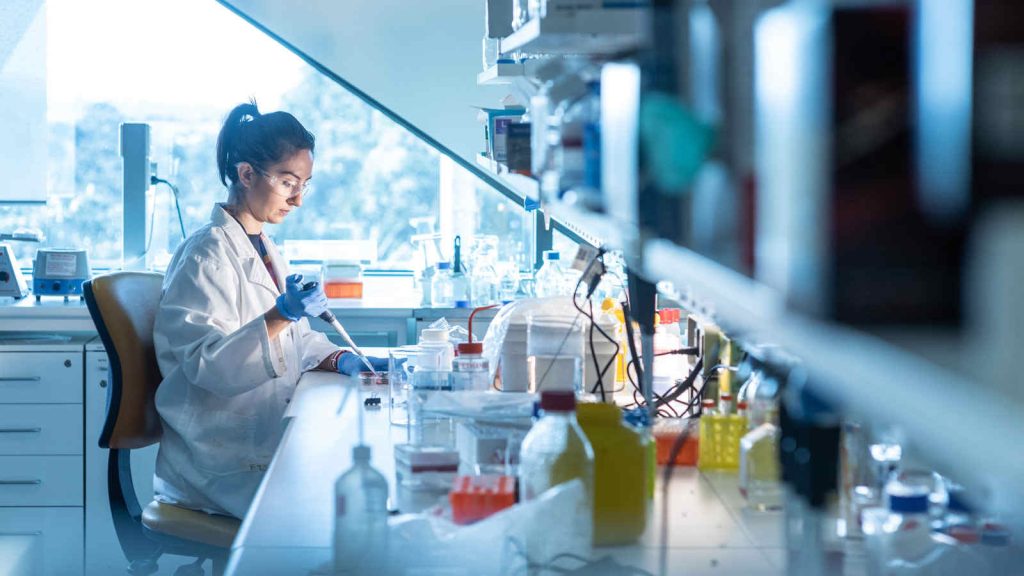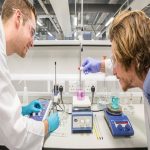The solution of many of the pressing problems of society for the future (e.g., global warming, clean energy, manned missions to Mars) will depend significantly on chemical and bioengineers. In order to more fully explain the role of chemical and bioengineers and to illustrate the role of chemical and bioengineers in solving society’s technical problems, we will now consider some of the issues associated with carbon dioxide capture and sequestration, which is directly related to global warming.
Because fossil fuels are less expensive and readily available, we would like to reduce the impact of burning fossil fuels for energy, but without significantly increasing the costs. Therefore, it is imperative that we develop low-cost CO2 capture and sequestration technologies that will allow us to do that. An examination of Figure 1.1 shows the sources of CO2 emissions in the United States. What category would you attack first? Electric power generation is the number-one source. Transportation sources are widely distributed. No doubt power generation would be the most fruitful.

Major sources of carbon dioxide emissions in the United States excluding agriculture
Carbon capture and storage (CCS) is viewed as having promise for a few decades as an interim measure for reducing atmospheric carbon emissions relatively quickly and sharply while allowing conventional coal-fired power plants to last their full life cycles. But the energy costs, the disposal challenges, and the fact that adding CCS to an existing plant actually boosts the overall consumption of fossil fuels (because of the increased consumption of energy to collect and sequester CO2 , more power plants have to be built so that the final production of net energy is the same) all suggest that CCS is not an ultimate solution.


